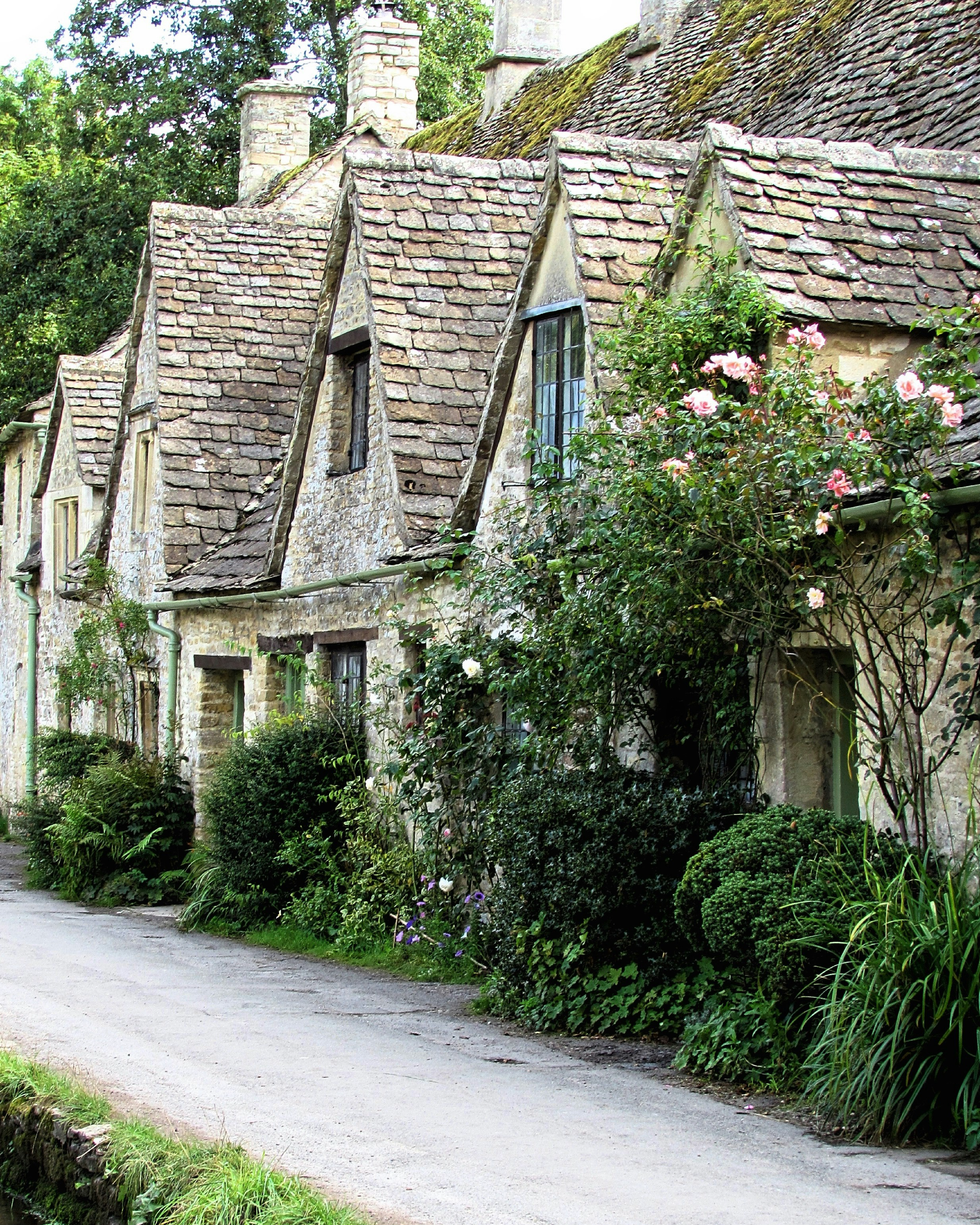

Does your home have a condensing boiler?
Up until the turn of the century, boilers worked exactly as everyone expects them to, burning gas to heat water. If you watched your boiler’s exhaust on a winter’s day in, say, 1985, you’d have noticed that it produced great clouds of steam as a by-product.
But, around 2000, manufacturers started adding secondary condenser mechanisms to recover the waste energy from that steam. This extra stage made their boilers much more efficient. The regulators took note, and condensing boilers became compulsory in 2005. (Sounds familiar? The regulatory framework is similar to the ruling which will switch us all on to heat pumps from 2025.)
If your boiler was installed after 2005, it’s almost certainly a condensing type, but there’s an easy way to be sure. Look underneath the unit for a 19mm plastic pipe, probably white in colour. That’s the condensate pipe. When the boiler is working hard, litres of lukewarm condensed steam exit down the condensate pipe at intervals of several minutes in 300ml spurts.
So far, so dull, right? But here’s the thing. In 2005 no-one fully understood the practicalities of running a condensing boiler, and attempts at issuing guidance caused a decade’s worth of trouble, especially in Scotland and the north of England.
Not our cup of tea
The trouble with condensate boilers is that the condensed steam they expel is mildly acidic. It wouldn’t burn a hole in your carpet, but you definitely wouldn’t want it in your tea. The regulators duly came up with reasonable-sounding guidelines for routing condensate pipes through outside walls with suggestions for the construction of soakaways and the like. The underlying intention was that of keeping condensates away from people.
Confronted with new and unfamiliar hardware, installers took those recommendations as gospel, and long runs of condensate pipe began appearing on Britain’s outside walls.
The resulting problems became apparent during a run of hard winters, the worst of which was in 2010. When icy ground prevented drainage, the new outside condensate pipes were likely to freeze solid. Smart modern boilers would then recognize that the condensate outlet was blocked and power themselves down, leaving homeowners without heat or hot water.
The fix is super-easy – just pour boiling water over the blocked section. However, it wasn’t well-understood in those early days, and plenty of plumbers were happy enough to charge emergency rates for the resulting site visits.
Fast-forward a couple of decades, and the problem has largely gone away. Companies like McAlpine offer block-proof condensate soakaways, and installers have come up with ingenious methods routing condensate pipes into indoor wastes that don’t involve exposing householders to unpleasant fumes.
But the coming decade’s slated shift to heat pumps is a much bigger transition than the move to condensing boilers. What aspects of this new technology do we not yet understand fully? The Great Condensate Freeze of 2010 should give us all pause for thought.









